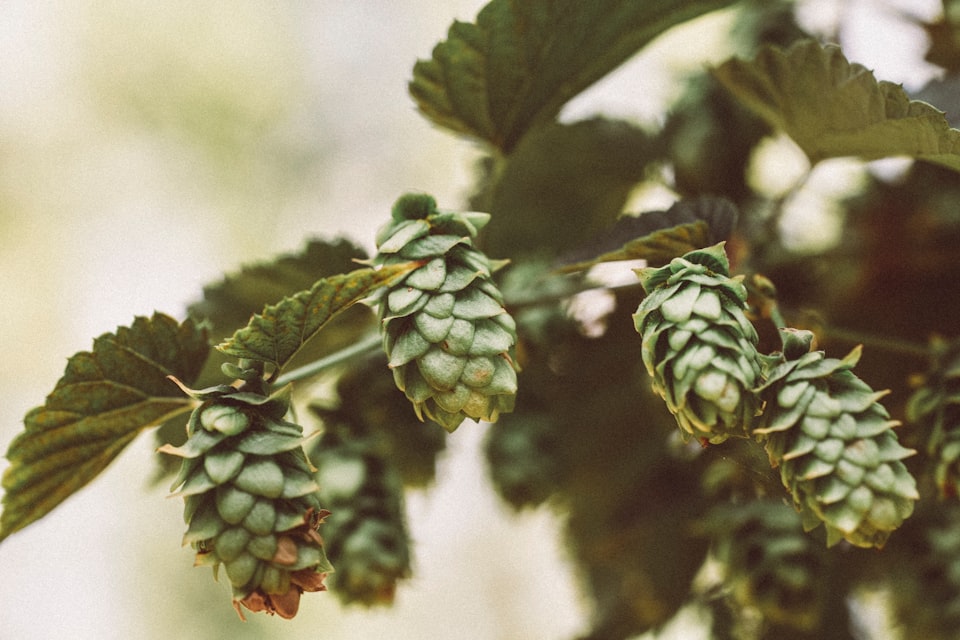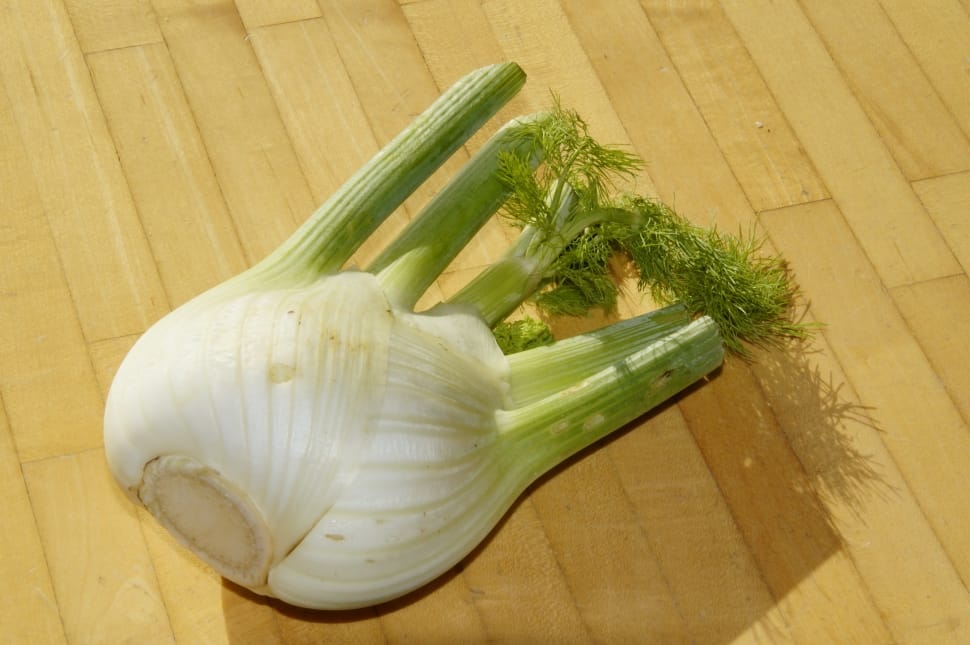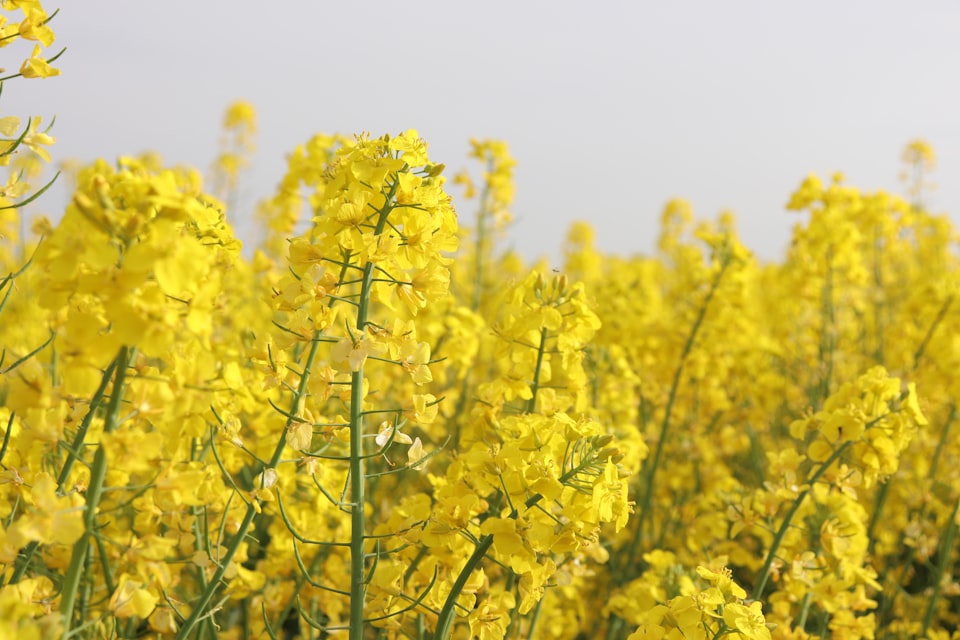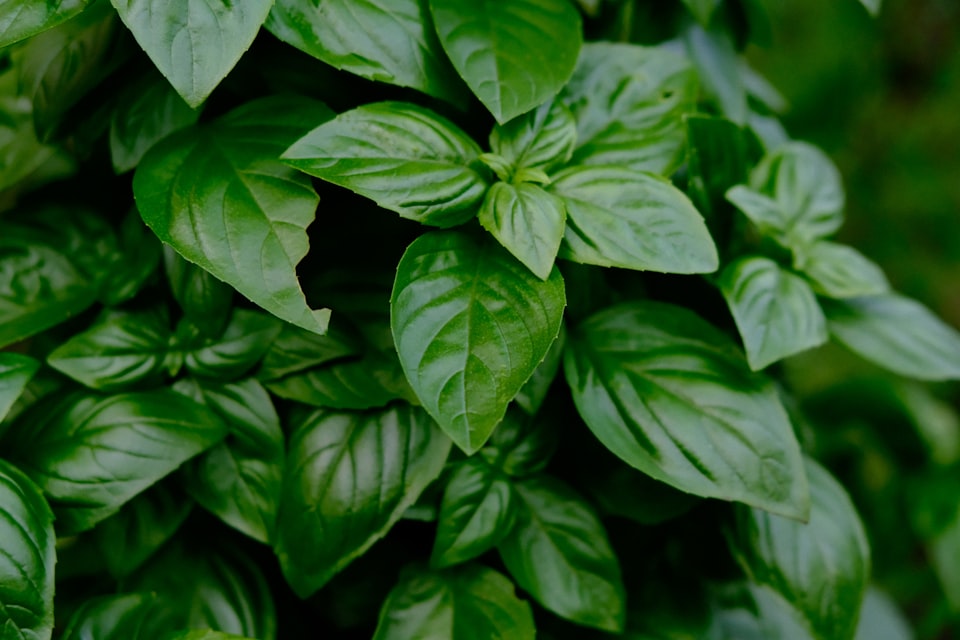VII: Burnet
When blood spots mean blood death, insect-style.
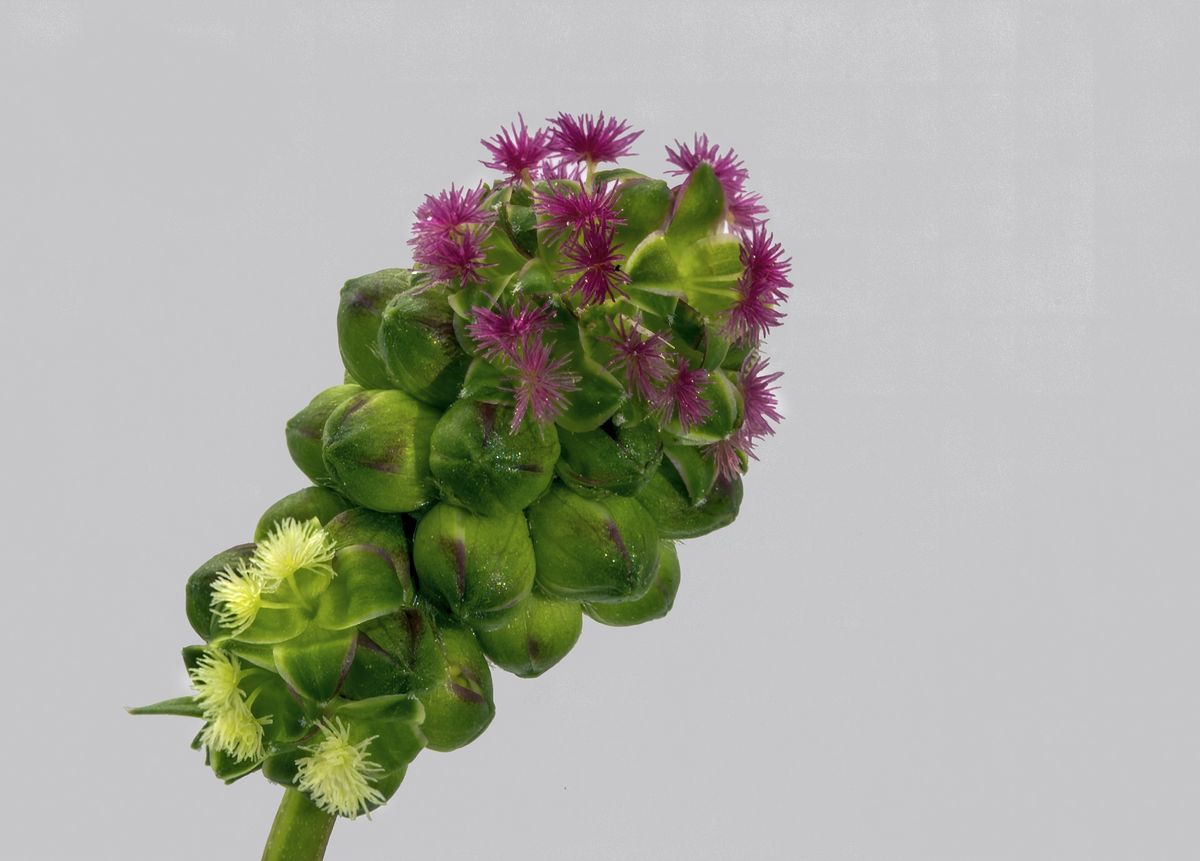
Good morning. Today is septidi, the 17th of Floréal, Year CCXXXI. We celebrate la pimprenelle, a member of the rose family that looks like raspberries on a stick.
Burnet is associated with blood. Its Latin name – Sanguisorba – translates to "asorbs blood," as its fuzzy flowers were useful bandage liners to encourage clotting. (This also is borne out in its alternate English name, bloodwort.) Its shocking magenta flowers that bob and weave on thin stalks in a breeze resemble blood spots in a field.
And that's likely how the burnet moth got its name. Unlike most butterflies and moths whose plant names originate based on what they like to eat, the burnet moth doesn't eat burnet – it's just covered in red spots that look like droplets of bright, fresh blood on a black cloth. And they look like this because they are stone-cold serial killers.
